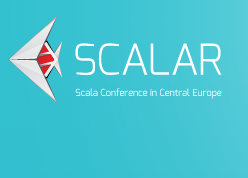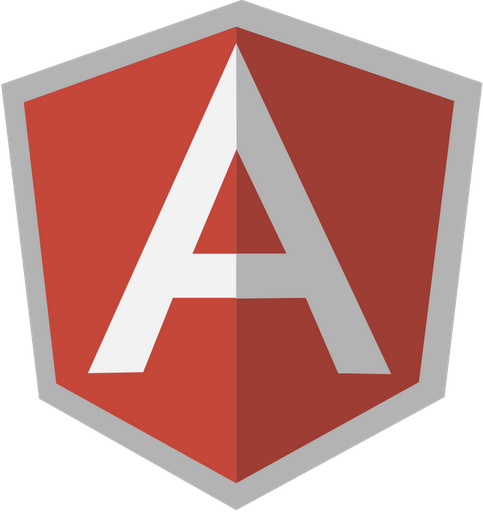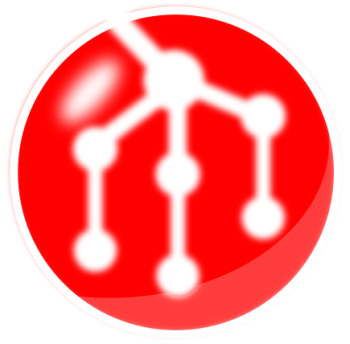Scalar Conference is the first free to attend scala conference. At least first in central Europe I know.
I had a pleasure to be a part of it as an attendee and a listener. I must say it was well organized. The organizers – Softwaremill – top notch software house from Warsaw – proved that are real professionals in this matter. There was up to 300 attendees. The atmosphere was amazing because of many reasons: subjects were great, I met many friends and the most important I am just in the middle of a transfer from Allegro to Softwaremill :) You can imagine that I was very excited by meeting my new colleagues!
This was the one of those conferences where polish speakers were much more better than abroad guests.
- Tomek Nurkiewicz is fully professional stage beast. His english is just as he was born in Birmingham Palace. He was talking about dark sides of scala, some complex notations and implementations of standard library.
- Adam Warski is second great presenter, experienced in giving lectures in english. Adam was talking about spray.io – it looked to me as micro-framework in scala, I’ve already know a few in other languages – ratpack in groovy, flask, bottle in python, express in nodejs – all are very super tools!
- Then comes Konrad Malawski I know he is Pole but listening to him you are sure he comes from Chelsea – a district of Kraków or maybe London. Konrad pretends to me as a hardworking guy. He became a Akka developing team member. He was talking about persistence in akka world – you might want to persists Actor’s mailboxes.
- Grzegorz Kossakowski was a Typesafe star on scalar. On daily basis he is scala compiler developer. He proved why java8 lambas being implemented on top of invokedynamic are not faster then those from scala being implemented on classsical java approach – anonymous class implementing interface with one method.
- Very interesting guys from ICM presting hadoop + scala, scoobi and scalding frameworks for hadoop. What inspired me the most was the scala REPL for hadoop.
- And there was Łukasz Kuczera with presentation on scalaz – functional library to scala.
All above were very interesting. Guys were prepared and I was focused all time and understood everything.
- Grzegorz Kubiak had a great topic but I think he didn’t practise before exhibition.
- Stefan Zegier was correct talking about slick – it look for me as a orm in scala.
- Jon Pretty crazy guy was funny but might be misunderstood by most with his algebra proofs :)
- Mathias Nehlsen didn’t treat poles seriously or maybe he did just boring presentation. And the two worst presentation where underscore magic – underscore in scala? come on! we’ve got scala compiler developer on place! and macro based type providers in scala… no code, no examples – no reward. I still don’t know what are type providers — totally a waste of time.
After that amazing conference I went to after party with friends from Allegro, Polidea and Javeo where I met all other colleges from Softwaremill. That was a great time. I hope that Pedrowaty a chef of solution architects in Allegro (he was present on conference) changed his mind about scala – it’s not a dead end any more. This is a great article about Transitioning to scala.
The conference was free but with this high quality I would really not bother to pay for it.


